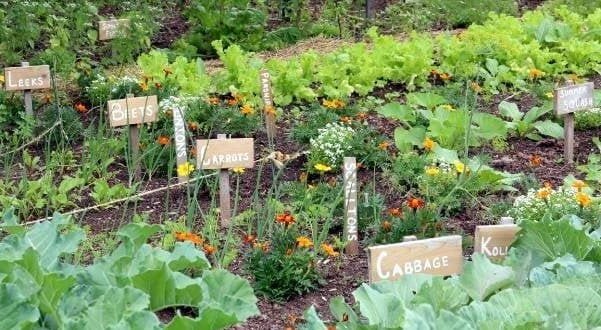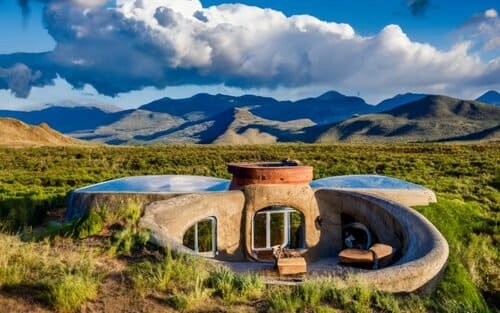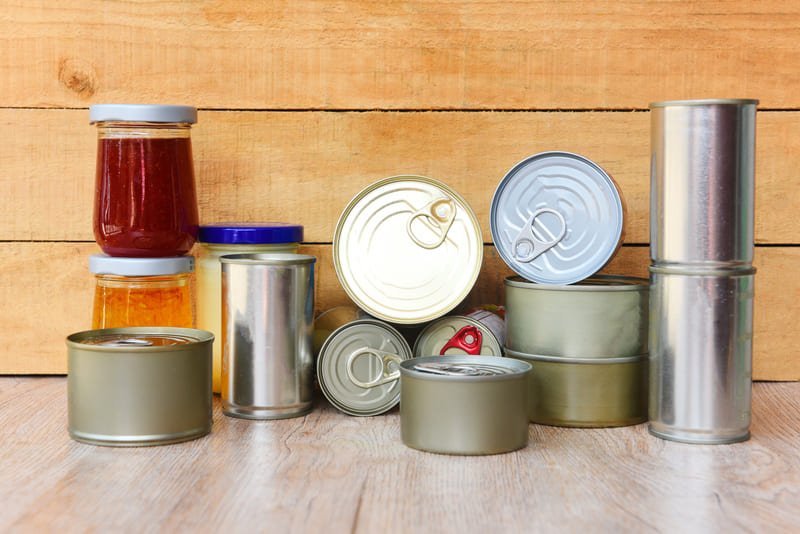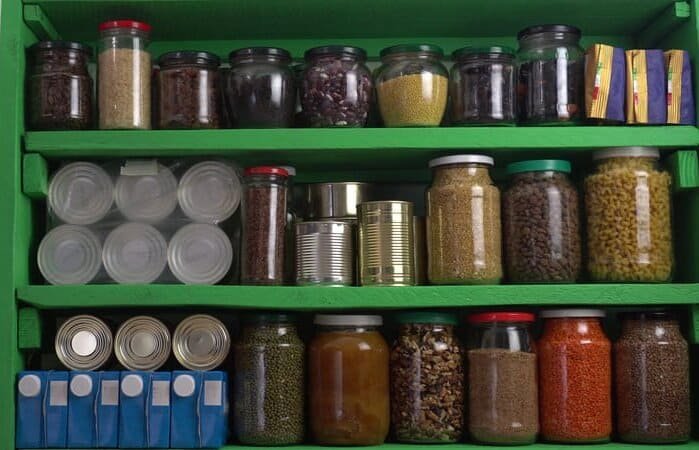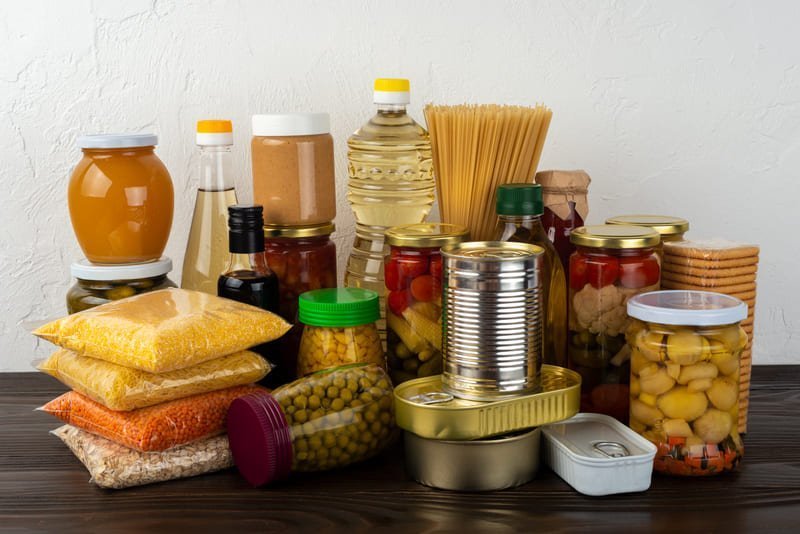Off Grid Water Systems
Water Locations and SelectionsLiving self-sufficiently off the grid means being able to access, collect, store, and utilize water on your homestead without relying on municipal water supplies. Implementing your own independent water system requires research, planning, and the right equipment tailored to your water needs and the sources available on your land.
In this comprehensive DIY guide, we’ll cover everything you need to know to build a complete off grid water system for your household and property.

Estimating Your Off Grid Water Usage
How much water will I need off grid?
Most people significantly overestimate their daily water needs when living off grid. With some simple conservation habits like taking short showers, you can get by with much less. Here are some typical usage amounts for off grid homes:
The first step is calculating approximately how much water your homestead will require on a daily and monthly basis. This allows properly sizing all components of your system like storage tanks, catchment areas, and backup sources.
Most people significantly overestimate the amount of water they actually need when living off grid. By implementing water conservation habits and efficient fixtures, you can drastically reduce usage.
Here are the main daily water usage amounts to factor in:
Drinking Water – For drinking and cooking, estimate 3-5 gallons per person. Reusing water when possible brings usage down.
Bathing – Take navy showers limited to 5-7 minutes max with a low-flow showerhead (2 gpm or less). Use just 5-10 gallons per shower.
Laundry – High-efficiency washers utilize 10-25 gallons per load. Allow 10-15 gallons for each load. Washing full loads conserves water.
Dishwashing – Hand washing dishes instead of a dishwasher averages 2-5 gallons. Allow 1-2 gallons per person daily.
Toilet – Composting toilets use zero water. Standard low-flow toilets use 1-5 gallons per flush.
Livestock – Plan on 5-10 gallons per day for each large animal like cows, horses, etc.
Cleaning/Other – Estimate 2-3 gallons daily for cleaning, pet usage, gardening, etc.
Total Usage: For one person practicing conservation habits, estimate 20-40 gallons of water usage per day depending on your lifestyle. Add 5-10 gallons for each additional family member. Accurately tracking your on-grid usage now allows projecting realistic off grid figures.
Don’t forget to factor in increased usage for summertime gardening/irrigation, guests visiting, or periods of drought affecting supply. Being conservative with figures ensures your system can meet demand.
Choosing an Off Grid Water Source
What are some good off grid water sources?
The water source(s) you utilize will depend largely on the natural resources and landscape of your property. Assess what water sources are reliably available to tap into:
Rainwater – Harvesting rain that falls on your roof and structures is one of the most common and convenient options. Average rainfall for your area determines supply volume. Requires large storage tanks and filtration.
Wells – Well drilling accesses clean groundwater from underground aquifers. Manual or electric pumps lift water to the surface. Reliable year-round supply.
Streams/Rivers – Gravity fed diversion from flowing surface water to storage tanks. Must have year-round flow and be upstream from contamination sources.
Lakes/Ponds – Water can be pumped or siphoned from shoreline to storage. Drought prone and vulnerable to pollution from land runoff.
Springs – Building a spring box encloses and protects flowing natural springs. Provides very clean water.
Assess all resources on or near your property that potentially provide sustainable water year-round. Favor sources that gravity feeds downhill to your homestead.
Setting Up a Rainwater Catchment System
One of the most widely used off grid water solutions is the rainwater catchment and harvesting system:
Catchment Surface – The first step is maximizing collection area. Use all available roof space of structures, tanks, cleared landscape, greenhouses, etc.
Gutters and Drainage – Seamlessly direct rainwater flow from surfaces into storage tanks using properly designed gutters, drains, and downspouts with leaf guards. Keep debris out of system.
Tanks and Cisterns – Polyethylene, concrete, or galvanized steel tanks provide storage. 10,000+ litre capacity (2500+ gallons) ensures adequate reserves. Can situate above or below ground. Underground tanks prevent freezing in cold climates. Elevated tanks use gravity.
Pre-Filters – Leaf screens, first-flush diverters, and sediment filters prevent debris from entering tanks.
Water Disinfection – Chlorine, ozone, or UV purification kills pathogens to make water potable. Can also use slow sand filtration.
A complete rainwater harvesting system with sufficient storage capacity and backup sources provides reliable water year-round in all but the driest regions. Maintenance involves inspecting and cleaning gutters, tanks, and replacing filters when needed.
Setting Up a Rainwater Catchment System
One of the most widely used off grid water solutions is the rainwater catchment and harvesting system:
Catchment Surface – The first step is maximizing collection area. Use all available roof space of structures, tanks, cleared landscape, greenhouses, etc.
Gutters and Drainage – Seamlessly direct rainwater flow from surfaces into storage tanks using properly designed gutters, drains, and downspouts with leaf guards. Keep debris out of system.
Tanks and Cisterns – Polyethylene, concrete, or galvanized steel tanks provide storage. 10,000+ liter capacity (2500+ gallons) ensures adequate reserves. Can situate above or below ground. Underground tanks prevent freezing in cold climates. Elevated tanks use gravity.
Pre-Filters – Leaf screens, first-flush diverters, and sediment filters prevent debris from entering tanks.
Water Disinfection – Chlorine, ozone, or UV purification kills pathogens to make water potable. Can also use slow sand filtration.
A complete rainwater harvesting system with sufficient storage capacity and backup sources provides reliable water year-round in all but the driest regions. Maintenance involves inspecting and cleaning gutters, tanks, and replacing filters when needed.
Drilling an Off Grid Well
Drilling a well to access groundwater is another great option if the conditions are right on your land. Key considerations for off grid wells:
Manual Hand Pump Wells – Hand pump wells work well for depths up to 100 ft, allowing easy access without power. Lift water manually using leverage.
Solar Powered Wells – For depths over 100 ft, solar pumps can draw water and feed into a cistern or holding tank. Solar power eliminates energy costs.
Filtration – Sediment filters remove sand and grit. Activated charcoal filters improve taste and odor. Reverse osmosis removes minerals.
Water Disinfection – Chlorine, iodine, or UV light kills bacteria. Shock chlorination periodically sanitizes well components.
Storage Tank – Water pumped from well needs collected in polyethylene holding tank. Pressure tank provides distribution.
Wells can reliably produce 10-15 gallons per minute for households. Annual well testing ensures water remains contaminant-free.
Build a Spring Box
For properties with natural flowing springs, capture and protect the spring in a “spring box” for fresh water:
- Build a retaining wall around the spring outlet using concrete, plastic lining, or other watertight material.
- Create an access point to allow settling and cleaning out sediment over time.
- Install an outlet pipe that diverts water downhill from the box into storage tanks.
- The enclosed box protects the spring from animals and filters debris.
- Add charcoal filters or sand filters to further purify spring water.
- Disinfect with UV light, chlorine, or by boiling before drinking.
Properly built spring boxes with good site drainage provide high quality water with minimal maintenance required. Monitor sporadically for debris buildup.
Gravity Fed Surface Water
For homes near streams, rivers, ponds, or lakes, this surface water can provide an off grid source:
Place an intake pipe higher up near the water source to draw from cleaner water above sediment. Secure pipe against flooding.
Run pipe downhill using gravity to convey water to collection tanks or cisterns. Avoid pumping if possible.
Allow water to settle in tanks to remove some particulates. Add sediment filter bags or screens.
Further filter water through sand filters, charcoal filters, or other media to remove debris and improve taste/smell.
Disinfect via chlorine, iodine, boiling, ozone, or UV to kill viruses and bacteria prior to drinking.
Surface water is prone to seasonal variations in quality and level. Maintenance clears sediment and replaces worn parts.
Storing and Distributing Water
Once water is captured, it needs proper storage and distribution:
Storage Tanks – Polyethylene, concrete, or galvanized steel tanks safely store water. 10,000+ liter tanks are typical for off grid homes. Buried, underground tanks prevent freezing.
Tank Location – Elevated tanks located uphill from buildings utilize gravity for distribution. Allow pumps to overcome elevation differences.
Distribution Pipes – PVC and PEX pipes route water from tanks to home. Insulate above ground pipes to prevent freezing.
Water Pumps – Submersible or jet pumps provide on-demand water with pressure for sinks, showers, appliances, etc when taps are opened.
Plumbing – Standard PEX piping and plumbing fixtures deliver water indoors. Install drains, valves, filters, and outlets as needed.
Insulate tanks and pipes for cold climates. Routinely inspect and clean storage tanks.
Water Filtration and Purification
For drinking, cooking, and bathing, water from raw sources should be filtered and purified:
Sediment Filters – Removes particles like dirt, grit, sand, bugs, etc. Can be coarse or fine filtration.
Activated Carbon Filters – Takes out foul tastes, odors, organic compounds, and some heavy metals like lead.
Reverse Osmosis Systems – Advanced filtration removing minerals, bacteria, viruses, and contaminants.
UV Water Purifiers – Kills 99.99% of pathogens and microbes without using chemicals.
Berkey Water Systems – Reliable multi-stage water filter systems combining several media.
Replace filter cartridges based on manufacturer.
How do you keep water from freezing off-grid?
Preventing freezing is crucial for off-grid water systems, especially in cold climate locations. Here are some tips:
Store water in buried underground tanks and cisterns below the frost line.
Insulate above ground tanks and pipes with fiberglass or foam covers.
Heat tape can be wrapped around pipes along with insulation.
Drain above ground tanks during winter months when not in use.
Position tanks and pipes on southern exposures to maximize solar warmth.
Run pumps and fixtures regularly in cold weather to keep water moving.
Add RV antifreeze to drain pipes before extended freezes.
Taking preventative steps will save you from dealing with frozen exploited pipes and equipment failures during cold snaps. Be diligent about insulation and heat tracing when temperatures drop.
What’s the best way to heat water off grid?
Heating water is one of the biggest energy drains off grid. The most direct method is a propane powered on-demand tankless water heater. Or you can use a wood stove with a coil or heat exchanger that heats water in a tank as the fire burns. Passive solar water heating is another great option in sunny climates. Heating limited amounts of water for washing and bathing as needed saves energy.
How do you get running water off grid?
With proper water storage tanks and distribution plumbing, you can have on-demand running water just like in a conventional home! Use polyethylene pipes to route water from your tanks to the house. Install shut-off valves and faucets wherever needed. Submersible or jet pumps provide pressurized flow when taps are opened. Careful insulation prevents pipes and tanks from freezing in winter.
There are tons of options for every part of an off-grid water system – choosing water sources, storage, filtering, and getting water to your home. For collecting water, rain catchment and wells are popular and dependable choices. Or tap into springs and redirect water from streams – lots of possibilities! Big polyethylene, concrete or metal tanks above or underground efficiently store water. Remove gunk and get clean drinking water with filters like sediment, charcoal, UV, reverse osmosis, and multi-stage systems like Berkey. Use gravity-fed elevated tanks, pumps, and insulated pipes to move water from storage to house – easy peasy! Insulate, heat trace, and keep tanks/pipes indoors to prevent freezing. Spring boxes let you access fresh spring water on the cheap. Solar, wood burning, or propane give you hot water.
What works best depends on factors like your climate, weather patterns, and property terrain. Cold places need to take steps to prevent freezing pipes. Arid areas will rely more on wells and large storage tanks. With the right custom combo tailored to your situation, you can live self-sufficiently without city water.
In a nutshell, there are many ways to get, clean, store, and use water off the grid to meet household needs sustainably. With planning, rain, wells, springs etc. can provide all an off-grid homestead’s water. Doing it right gives water security and freedom – very satisfying! Carefully consider your climate and property to customize for maximum reliability.
In the rainy Pacific Northwest, rainwater catchment and big cisterns are popular. The arid Southwest relies more on deep wells and storage tanks. Midwestern farms use hand-dug wells and surface water for irrigation. Northern regions tap protected springs via diversion boxes. Sunny southern climates use solar for pumps and water heating. Cold areas take steps against freezing pipes by burying tanks and insulating. Coastal regions install elevated tanks and atmospheric water generators. With customized off-grid water systems, self-sufficient water independence can be achieved across diverse American locations.
The right off-grid water solutions for you depend on your climate, geography, and land resources. With customized systems, sustainable water independence is achievable in many different locations.


